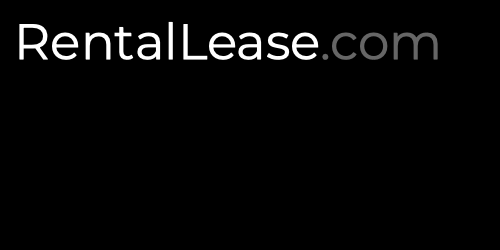Wisconsin Month-to-Month Lease Agreement Template
Try Other Programs
The Kentucky sublease agreement is a contract between a lease-holding tenant (the “sublessor”) and a new tenant (the “sublessee”) in which the sublessor agrees to rent out their rental unit to the sublessee. This type of agreement is often used when a tenant is traveling or moving out. Depending on their lease, the sublessor may have to seek the written permission of the landlord in order to legally accept rent from the sublessee. Furthermore, the sublessor will be subject to any…
The Texas rental application is a document used for the verification of potential tenants before a landlord authorizes a lease agreement. After the applicant completes the form, the lessor will check to see if the applicant’s credit, employment, and background fit the requirements necessary to enter into a legally binding lease agreement. After the verification process is complete, the landlord will make their decision whether or not to accept the individual as a tenant. The landlord has the right to…
The California standard residential lease agreement is structured around a one (1) year term, in which the tenant is legally bound to pay a monthly rent to maintain residency. It is highly recommended that the landlord conduct a background check on any applicant (See the Rental Application), due to information that can be uncovered that could sway the landlord’s decision on accepting the new tenant. If the landlord accepts, they may charge the new tenant with a security deposit usually…
The Virginia sublease agreement is used by a tenant looking to rent out the entirety or a portion of their current rented space. The tenant (sublessor), being bound by their lease agreement with their landlord, must ask permission before presenting a sublease agreement to a prospective sublessee. If the landlord approves of the sublease, the tenant can negotiate the terms thereof with the sublessee. The original tenant will be fully responsible for the sublessee and any violation(s) of the sublease,…
The Connecticut Standard Residential Lease Agreement is a document that enables a landlord and a tenant to come to terms regarding the use of residential property in exchange for monthly rent payments. This is a fixed-term lease, usually lasting one (1) year before renewal is necessary. Due to the comparative lack of flexibility in the standard lease agreement, it is recommended that landlords screen potential lessees to determine whether they are responsible enough to occupy the space. This filtering process can…





